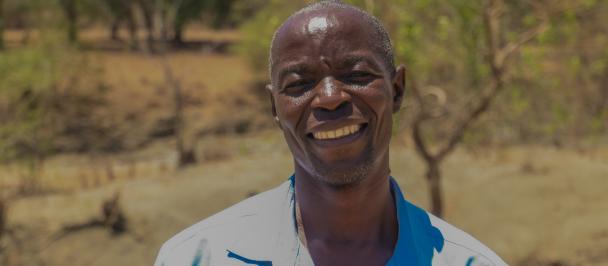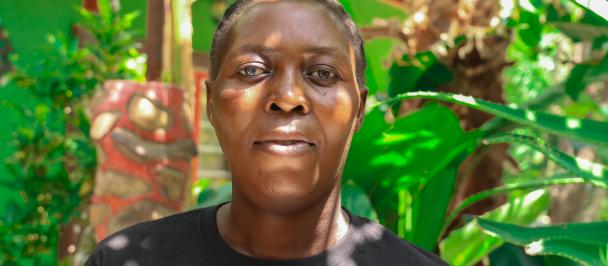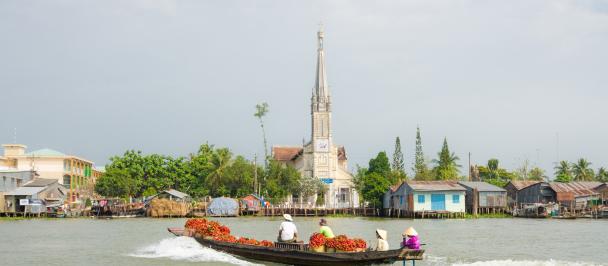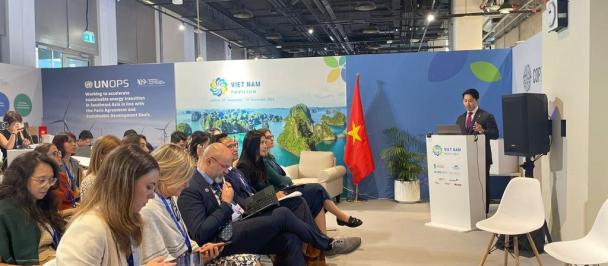Guardians of the Sea: Unraveling Bangladesh's Sea Turtle Conservation Journey
Sea Turtle Conservation Through Behavioral Insights and Community Engagement
December 31, 2023
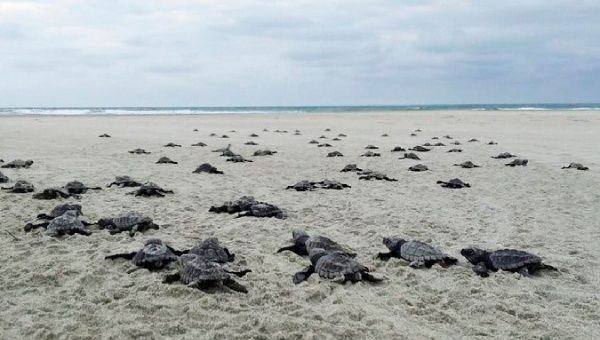
Olive Ridley turtle hatchlings making their journey back to the sea at Saint Martin’s Island.
By Ramiz Uddin, PhD., Head of Experimentation, UNDP Accelerator Lab Bangladesh
Farhana Yesmen, Program Officer, UNDP Bangladesh
Sangita Paul, Research Officer (Data Analyst), UNDP Research Facility Bangladesh
Nawmee Jessica Howladar, Innovation Associate: Climate Change and Environment, UNDP Accelerator Lab Bangladesh.
Samiha Sima, Experimentation and Innovation Associate, UNDP Accelerator Lab Bangladesh
Bangladesh, a country adorned with lush greenery and abundant water bodies, is home to a diverse range of wildlife. Turtles are among the fascinating animals that live in the country’s rivers, marshes, and coastal regions. Due to their extraordinary adaptations and distinctive traits, these ancient reptiles have attracted mankind for ages. In the sea surrounding Bangladesh, five out of the seven sea turtle species can be found. These include the olive ridley turtle (Lepidochelys olivacea), green turtle (Chelonia mydas), hawksbill turtle (Eretmochelys imbricata), loggerhead turtle (Caretta caretta), and leatherback turtle (Dermochelys coriacea). Notably, only the olive ridley turtle, green turtle, and hawksbill turtle venture ashore in Bangladesh for nesting, with the olive ridley turtle being the predominant species.
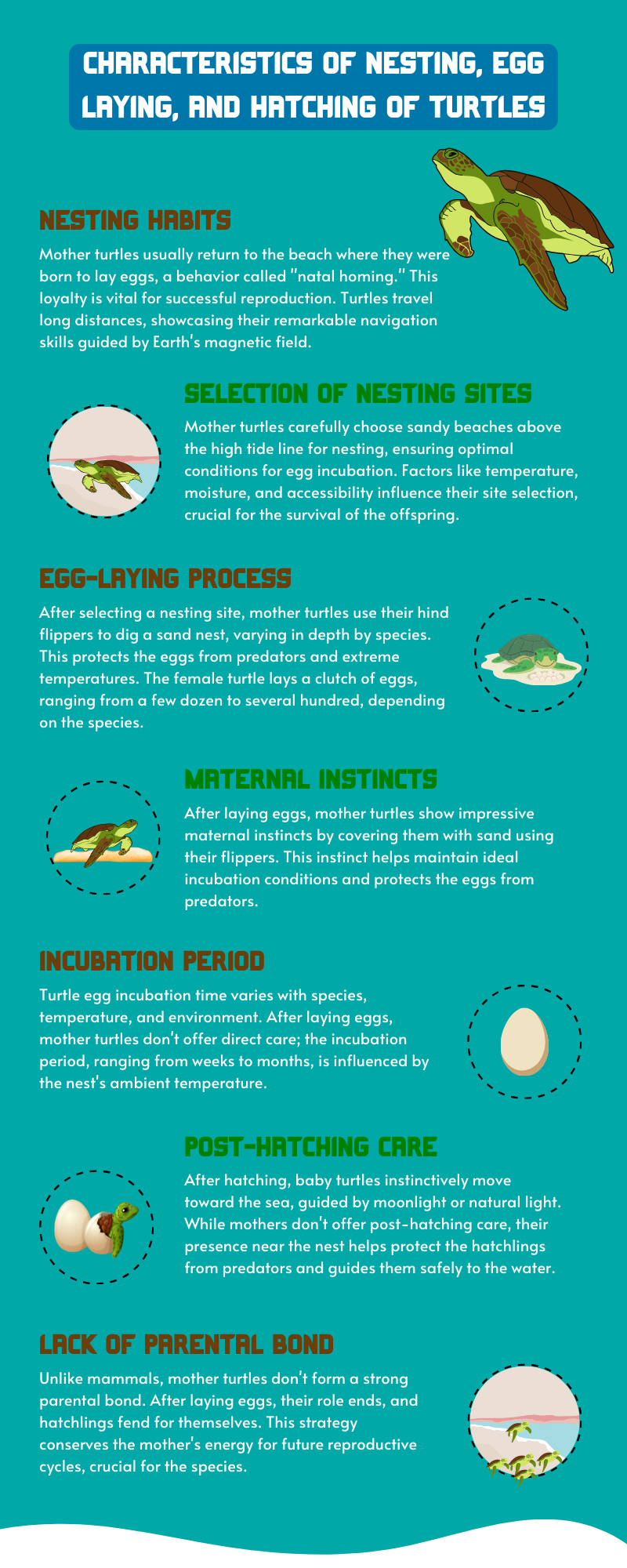
Figure 1: Life cycle of Sea Turtles from Nesting to Hatching
Turtles at Saint Martin’s Island of Bangladesh in numbers
In Bangladesh, turtles are mostly found in Saint Martin’s Island, Teknaf, Sonadia Island, and Kuakata sea beach areas and these locations are very popular tourist destinations for the local and foreign tourists. Over the past 20 years olive turtles have been spotted at Saint Martin's Island's Shilbunia (Dakkhin Para) and Kona Para Beach areas, while green turtles have been spotted in Badam Bunia (Dakkhin Para) beach areas. Olive and hawksbill turtles usually come to the beach to lay eggs during the November-March period. Green and leatherback mother turtles used to come during the June - November period. Olive mother turtles prefer to lay their eggs in Dakkhin Para whereas Green mother turtles in Konapara. For laying eggs both the Olive and Green turtles stay for 1 day in the beach areas (see infographic 2 below):
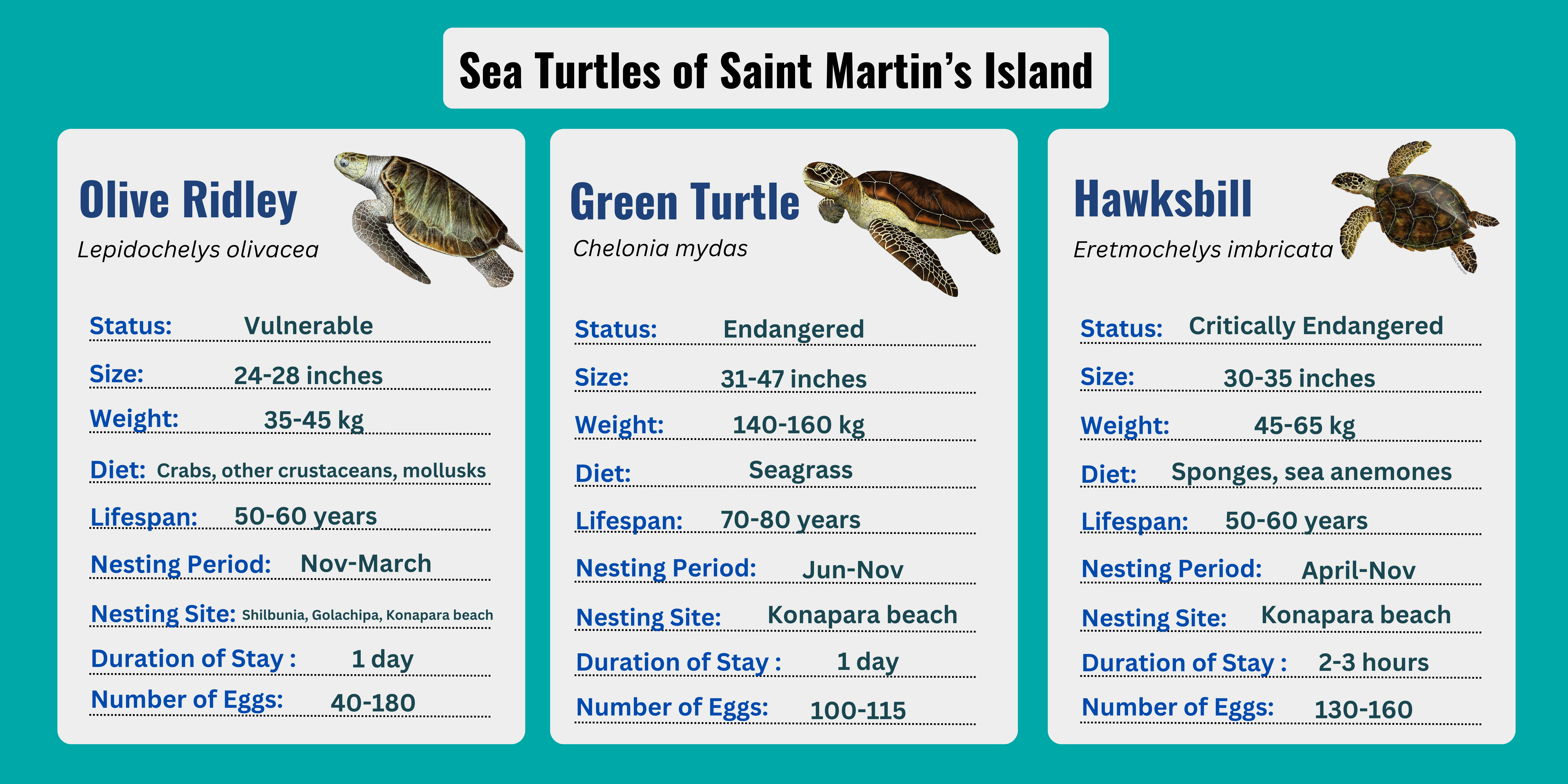
Figure 2: Characteristics of Mother Turtles of Saint Martin’s Island
The infographic below shows the visualizations of turtle data in Saint Martin’s Island from January to April 2023.
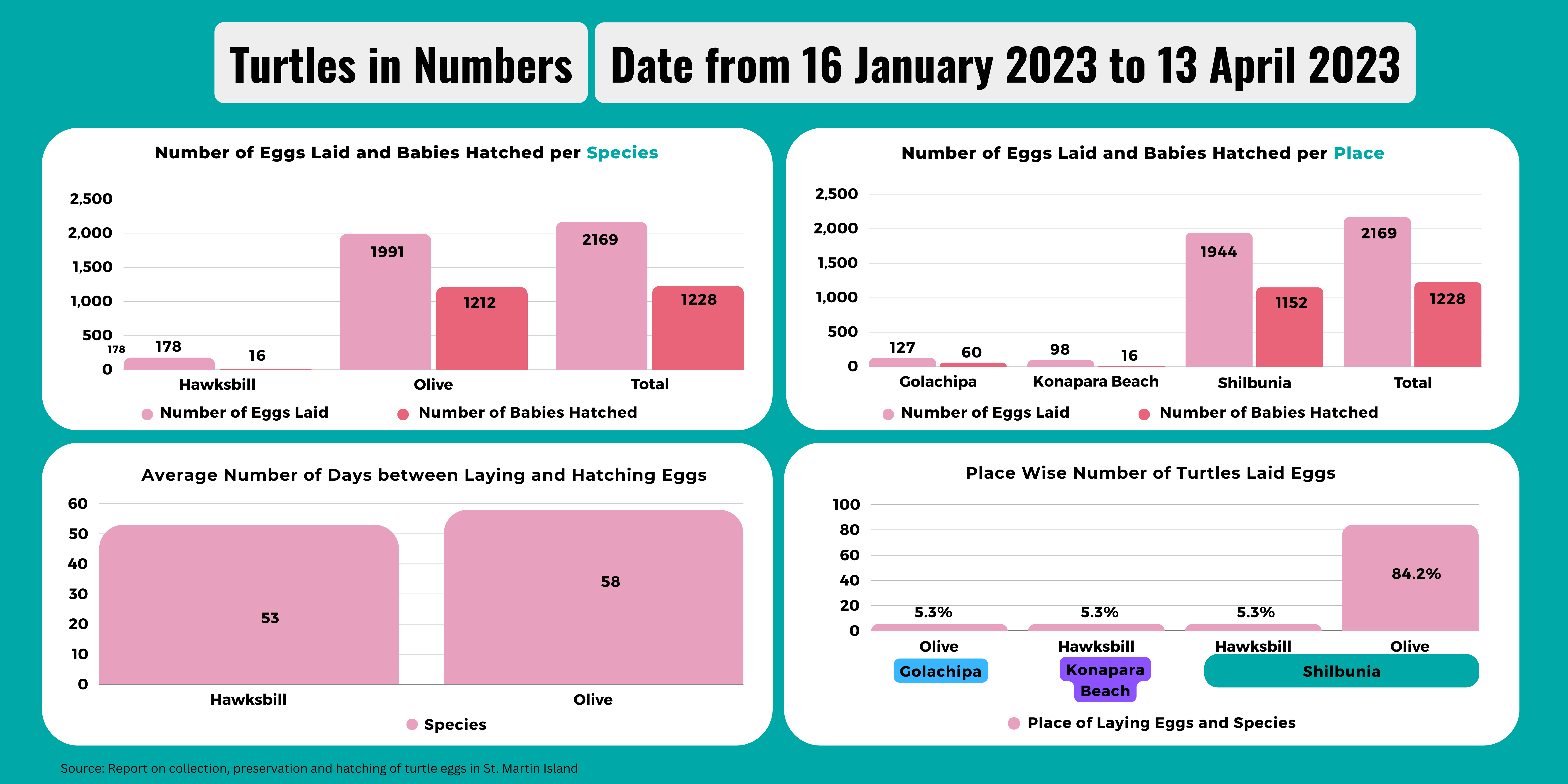
Figure 3: Sea Turtle Analytics on Saint Martin’s Island During the Nesting Season of 2023
Only Olive and Hawksbill types of turtles often visit beaches to lay eggs from January through March. During the study, it was found that 2 hawksbills and 17 olive turtles came to lay eggs. Only 1228 (57%) of the 2169 eggs that were laid in total during this time period resulted in live births. Compared to Hawksbill mothers, olive mothers usually lay more eggs. Olive turtles lay their eggs for an average of 58 days, while Hawksbill turtles take an average of 53 days for their eggs to hatch. The majority of eggs laid and hatchlings from Olive mother turtles account for 84% of those in the Shilbunia region of the island.
Threats to turtle populations
There are numerous threats in Bangladesh to the turtle population that put their existence at risk. Both freshwater and marine turtle populations face major difficulties as a result of habitat deterioration brought on by deforestation, pollution, and urbanization. Since tourist destinations, like Saint Martin Island, are more susceptible to visitor contamination, the turtle numbers are gradually dwindling there. Prior to 2010, about 50–60 turtles would regularly come to the island's sea beaches to lay their eggs. In 2020, this number was between 15 and 20. Only 10–12 turtles were seen on the seashore throughout the last two years. The loss of turtle populations in the country is also attributed to illegal wildlife trading, unsustainable fishing methods, and unintentional entanglement in fishing nets.
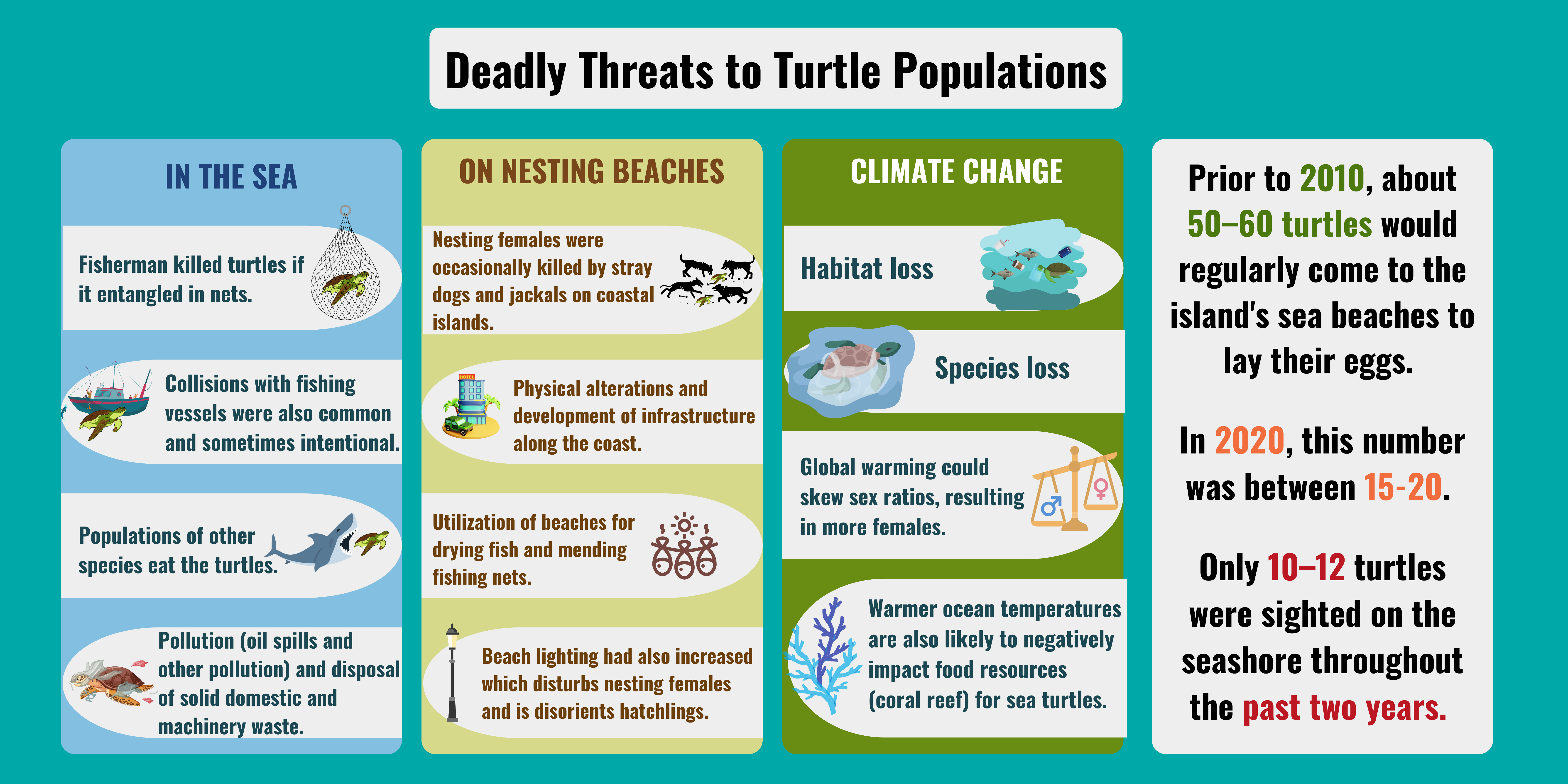
Figure 4: Deadly Threats to The Sea Turtle Populations
Conservation Efforts
Turtles typically eat seaweed, grass, poisonous jellyfish, and marine debris. As a result, the ocean is unpolluted and pure. The sea turtles and tortoises are inescapable species that help maintain the ecosystem's balance. Numerous organizations and governmental efforts are putting forth great effort to safeguard these extinct reptiles because they understand the importance of turtle conservation. The Ministry of Environment, Forest and Climate Change, Bangladesh has carried out conservation programs to protect turtle habitats, carry out research, and spread knowledge about the significance of these reptiles, working with NGOs and local communities. The Cox's Bazar-Teknaf peninsula in southeastern Bangladesh is home to the Cox's Bazar Marine Turtle Conservation Area, where efforts are underway to safeguard the nesting sites of marine turtles.
“My Saint Martin’s” Turtle Conservation Initiative
“My Saint Martin’s” initiative of UNDP Accelerator Lab Bangladesh, in close collaboration with the Department of Environment, is implementing a comprehensive community-based sea turtle conservation initiative. Our approach involves a series of activities aimed at protecting turtle eggs and ensuring the successful survival of these incredible creatures:





With the involvement of local communities, conservation centers collect the eggs to incubate and hatch them in a controlled environment to give the hatchlings a better chance of survival. The hatchlings are then released on the beach.
Monitoring and Protection: We closely monitor the nesting behavior of turtles from the moment they arrive on the shores to lay their eggs. Our dedicated team, along with local community members, keeps a vigilant eye on the nesting sites to ensure the safety of the turtles and their nests.
Egg Collection and Transfer: Once turtle nests are identified, our team collects the eggs with utmost care. These eggs are then transported to the designated hatchery operated by the Department of Environment. This crucial step helps mitigate the threats faced by the eggs on the open beaches.
Hatchery Preservation: At the hatchery, the collected eggs are preserved under optimal conditions. They are carefully arranged in the sand, maintaining a depth of 2 inches. The hatchery environment is meticulously managed to ensure the ideal temperature and humidity, replicating the natural conditions required for the successful incubation of turtle eggs.
Community Engagement: We believe in the power of community involvement. Local residents play a vital role in this conservation effort. Through awareness programs and training sessions, we empower the community to actively participate in safeguarding the turtle nesting sites and report any suspicious activities that may pose a threat to the eggs.
Release of Baby Turtles: After a period of 70 to 80 days, when the baby turtles have hatched and developed, we organize community events to release them back into the sea. This not only marks a joyous celebration for the community but also contributes to the continued survival of these magnificent creatures.
Through this collaborative approach, we aim not only to protect the sea turtles but also to foster a sense of environmental stewardship within the local community. By working together, we can ensure the longevity of Saint Martin's Island as a haven for these endangered species and a thriving ecosystem for generations to come.
In the last nesting season, in total 19 Olive Ridley turtles were seen coming to the island to lay eggs during the tourism season. Department of Environment in coordination with UNDP Accelerator Lab, made a successful initiative in collecting, preserving, and releasing "2400+ eggs and baby turtles" from the conservation hatchery at Saint Martin’s Island for safe-nesting and rise of the sea turtle population in order to ensure the biodiversity of the Bay of Bengal. After safe nesting, the baby turtles were released to the sea safely for their natural habitation. This can be an attractive tourist event too. If the arrangement is made, many nature-lover tourists may watch (with or without binoculars) this homegoing ceremony of the turtles from a certain distance.
Learnings and Recommendations for Effective Sea Turtle Conservation Initiatives
Community Engagement is Key: Actively involving the local communities through awareness programs can increase participation and motivate the locals for effective sea turtle conservation.
Holistic Monitoring and Protection: Implementing holistic strategies for turtle nest monitoring and protection is crucial. This ensures safeguarding eggs from threats like stray dogs and birds, ultimately enhancing the hatching rate.
Optimal Hatchery Management: Meticulously managing hatcheries to replicate natural conditions for successful turtle egg incubation.
Embrace Sustainable Practices: Implementing conservation measures that not only protect sea turtles but also contribute to ecosystem health.
Enhance Collaboration for Impact: Prioritizing collaboration among stakeholders, governmental bodies, and non-governmental organizations is pivotal for more effective and sustainable conservation initiatives.
As this conservation initiative continues to make strides, we value and seek your experience and knowledge in the realm of turtle conservation. Your insights and contributions can play a pivotal role in enhancing and sustaining these efforts for the protection of sea turtles. Join us in safeguarding the biodiversity of the Bay of Bengal and supporting the ongoing mission to create a safe haven for these majestic creatures.
Join the Wave of Change: Be a Sea Turtle Guardian Today! 🌊🐢
Related
content
content

 Locations
Locations
